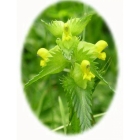 | ||
Perfect for pollinators Yellow Rattle -Rhinanthus minor(also know as Hay Rattle) is a particularly interesting and attractive species that is useful when trying to establish wildflowers and increase biodiversity within a meadow. A semi-parasitic species, it draws nutrients through the roots of grasses and in doing so can help suppress grass growth. In the wild, Yellow Rattle grows in unimproved grassland and habitats include old hay meadows and pastures. It tolerates a wide range of soil types including those that are acid or alkaline but does need full sun in which to flourish. In gardens Yellow Rattle can be included in a summer wild flower meadow or flowering lawn where it attracts a wide range of insects such as bees and butterflies. Plants are low growing and have pretty yellow flowers that are at their peak by June. These are followed by papery seed cases. In a strong summer breeze, the seeds can be heard rattling inside, hence the plants name ! Yellow Rattle looks best grown alongside other summer flowering meadow plants such as Oxeye daisy, Musk Mallow, Meadow cranesbill, Knapweeds, Scabious, Clovers and Birdsfoot trefoil. Some alternative names for Yellow Rattle include Hay Rattle, Corn Rattle, Rattle grass, Rattle Penny, money grass, Penny grass and Baby’s Rattles. How to grow Yellow Rattle from seed Yellow rattle germination can be significantly improved by sowing between August and December and through the use of fresh seeds. Seed can not easily be grown in trays without additional grasses so the preferred method is to sow directly outside either into existing grass or with meadow grass seeds. Prepare areas of existing grass by cutting as low as possible and then rake or lightly scarify the ground so that good soil contact can be achieved. Sow at 1gram per sq. meter and lightly roll or trample following sowing, to firm the seeds into the ground. Germination can be expected the following spring. Being an annual it is important not to cut or graze yellow rattle until the middle of the following July when it will have set seed. Prior to spring sowings the seed should instead be placed in refrigeration and chilled for a period of about 6 weeks. Once established Yellow Rattle will readily set seed given good conditions. RHS Perfect for Pollinators. The RHS Perfect for Pollinators mark is only given to plants that support pollinating insects in gardens. Bees, butterflies, moths, hoverflies and many others visit flowers to feed on nectar and pollen; while doing so they transfer pollen and increase seed set and fruit development. Find out more at: rhs.org.uk/plants To discover more plants for Bees, simply enter the word "pollinators" into the search box above. To buy Yellow Rattle seeds To purchase Yellow Rattle seeds, please select a quantity above and click add to cart. To ensure the best chance of success, we sell all of our wildflower seeds by weight, which ensures each wildflower seed packet contains a good quantity of seeds. The number of Yellow Rattle seeds per gram is approx 270 and recommended sowing rate is 1 gram per square metre. All of our Wildflower seed packets contain seeds of Native British provenance. Summary: type - annual colour - Yellow, height - 0 to 50cms, flowers May, June, habitat - Moist Grassland (Clay, Loams), Dry Grassland (clay, loam), Very Acidic Soil (Peats, Heaths), Chalk and Limestone Grassland, Semi-parasitic, suppresses grass growth, Attracts Bees TOXIC | ||
Printed 02/07/2025 01:52:16
st85_1 type annual colour yellow height 0 to 50cms flowers may june habitat moist grassland clay loams dry grassland clay loam very acidic soil peats heaths chalk and limestone grassland semi parasitic supresses grass growth toxic yellow yellow rattle rattle rattle rhs perfect for pollinators pollinating insects bees butterflies moths hoverflies
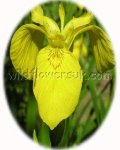

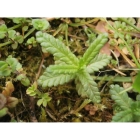
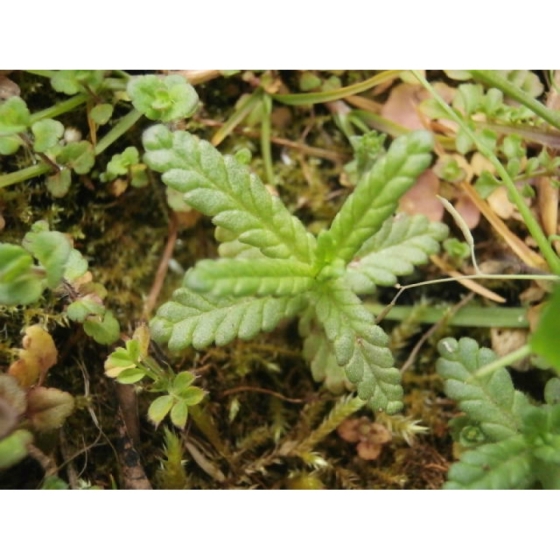


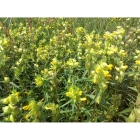
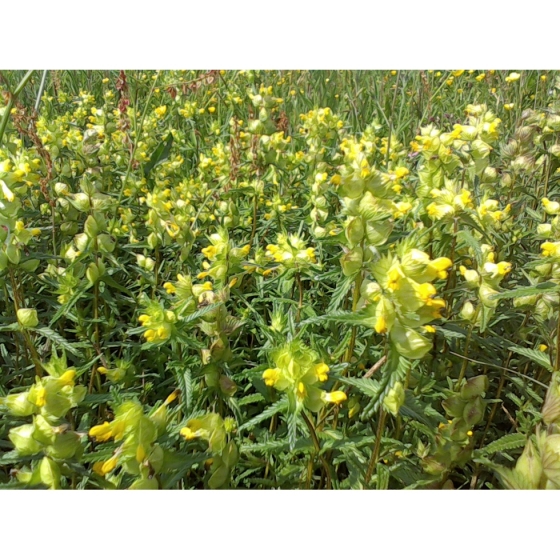



 added to basket
added to basket